
Self Defense Medicine Session 11: Circulation Airway Breathing (C.A.B.)
Caleb CauseyC.A.B. is a simple acronym to remember. You’ll learn when to use it and how it can help guide you through the critical first steps of assessing a victim’s condition. Caleb discusses each of these critical assessment points, including where on the body to check for a pulse, indicating proper circulation of blood.
Explore videos by Caleb Causey
You may be interested in
Premium Membership
Unlock exclusive member content from our industry experts.
- 24/7 Access to Premium Personal Defense and Firearm Training Videos and Drills
- Step-by-Step Instructional Demos and Guides
- 50% Off Video Downloads Purchased in the Personal Defense Network Shop
- Access to Ask the Expert Program
Unlock exclusive member content from our industry experts.
- 24/7 Access to Premium Personal Defense and Firearm Training Videos and Drills
- Step-by-Step Instructional Demos and Guides
- 2 Full-Length Video Downloads to Watch Offline
- 50% Off Video Downloads Purchased in the Personal Defense Network Shop
- Access to Ask the Expert Program
Gold Membership
$340 Value
Get everything included in Premium plus exclusive Gold Membership benefits.
- 24/7 Access to Premium Personal Defense and Firearm Training Videos and Drills
- Step-by-Step Instructional Demos and Guides
- 9 Full-Length Video Downloads to Watch Offline
- 2 Full-Length Personal Defense Classes to Keep for Life
- 2 In-Depth Skill Development Presentations
- Discounts on Purchase-to-Own Content in the Personal Defense Network Shop
- Access to Ask the Expert Program
- Exclusive GOLD LIVE Streaming Events
Get exclusive premium content! Sign up for a membership now!
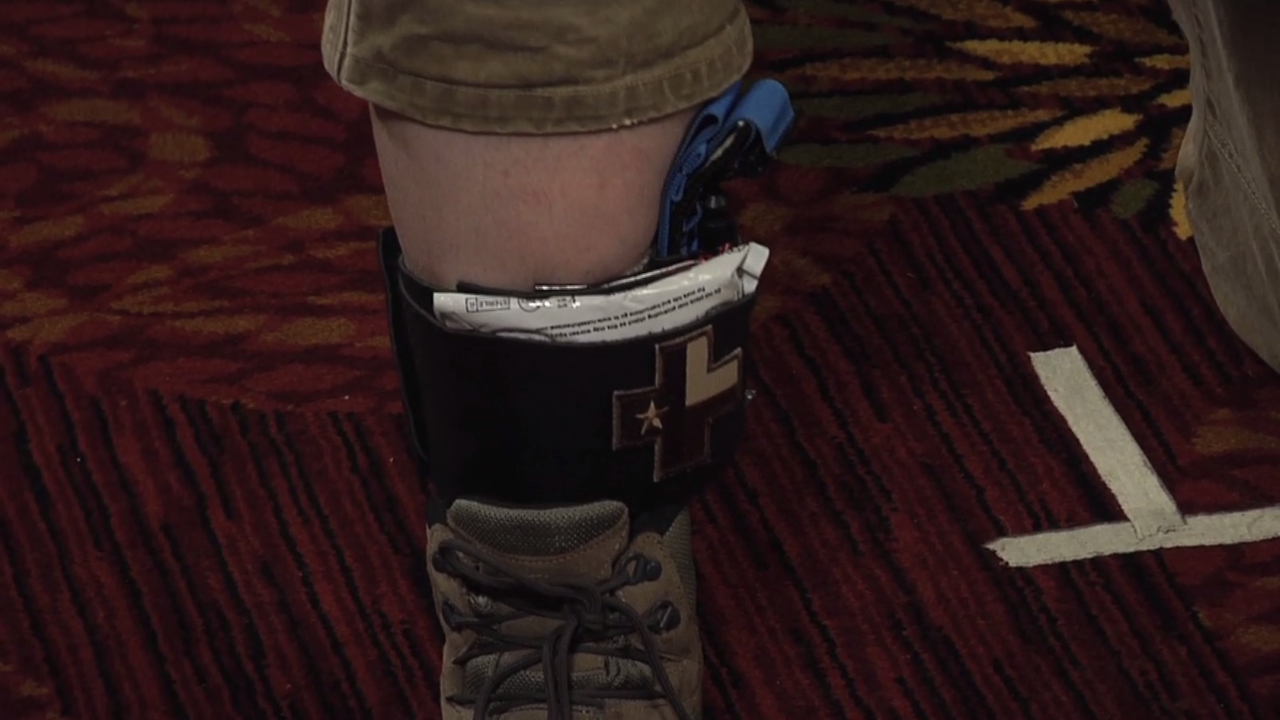
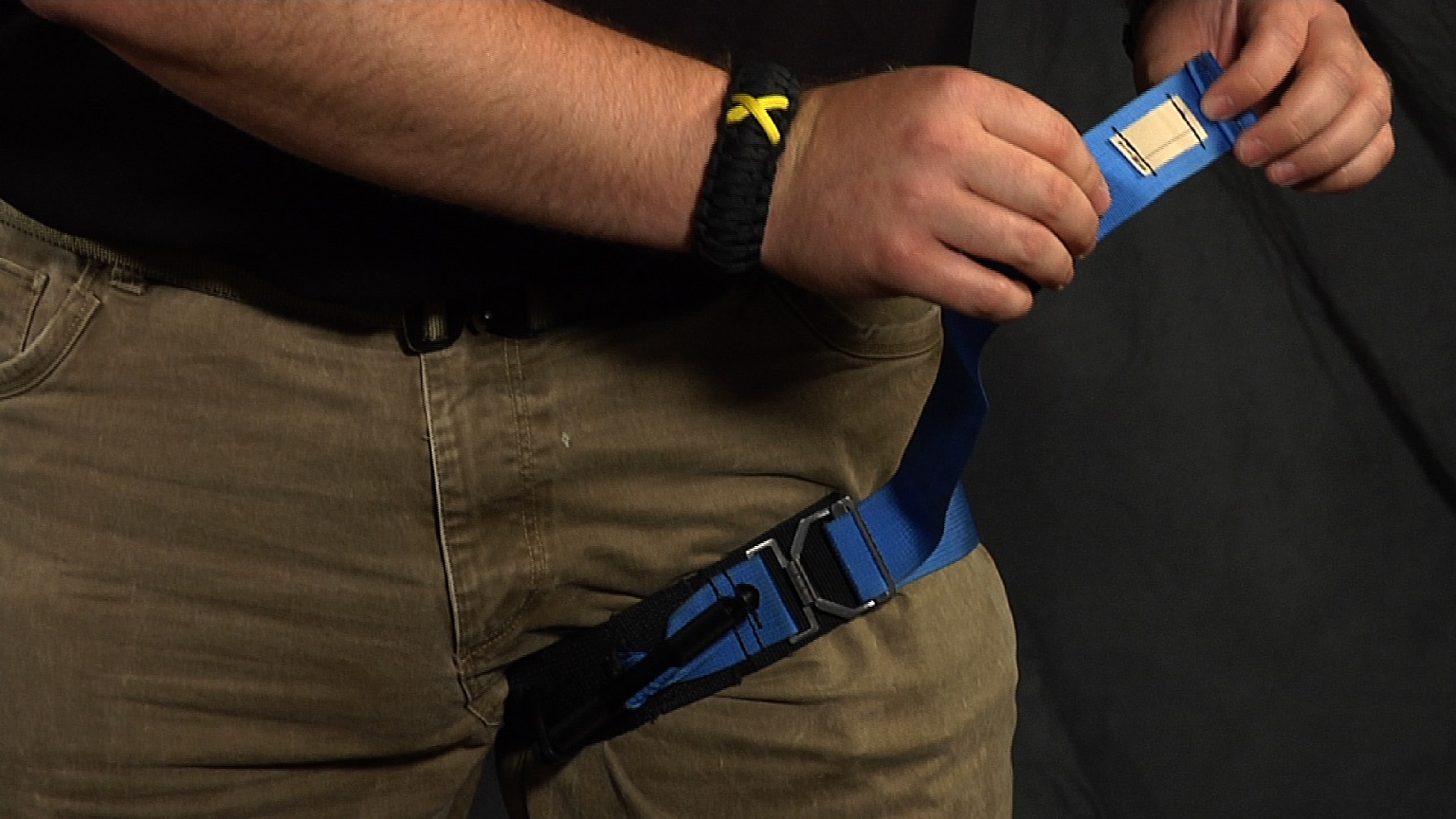
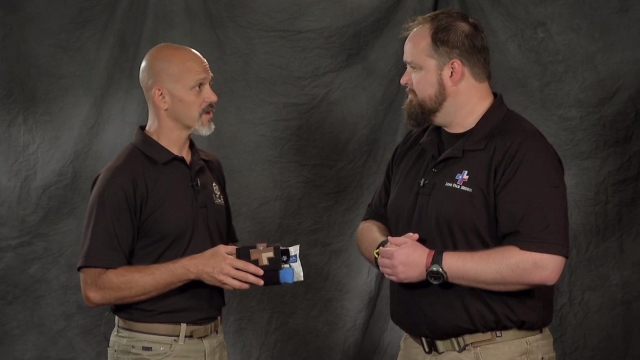
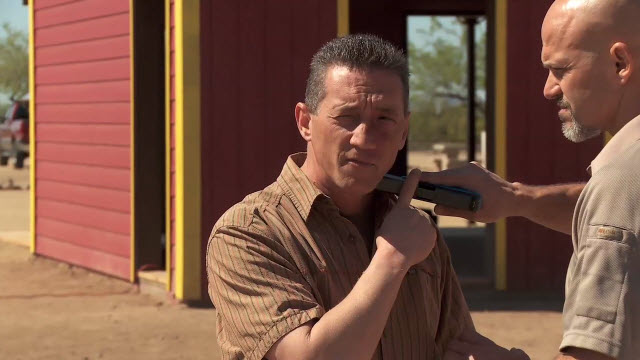
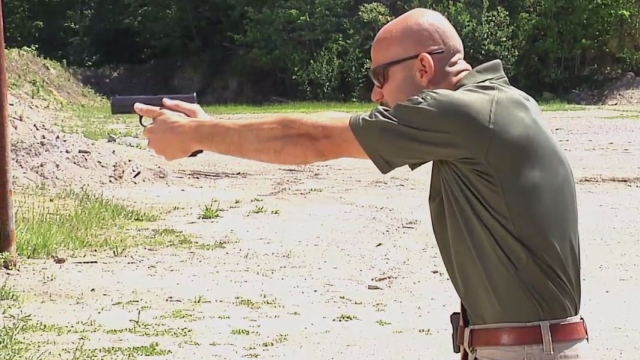
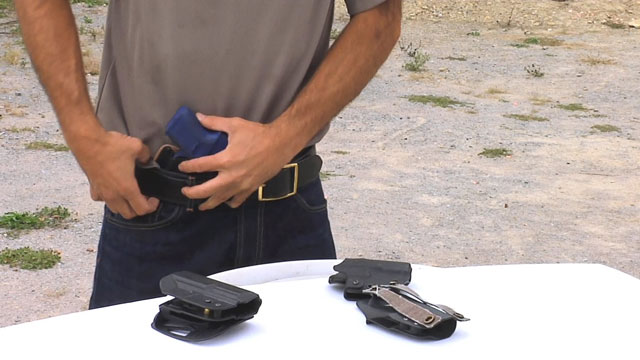
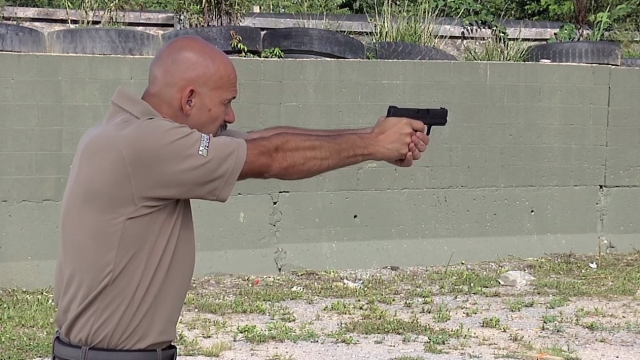
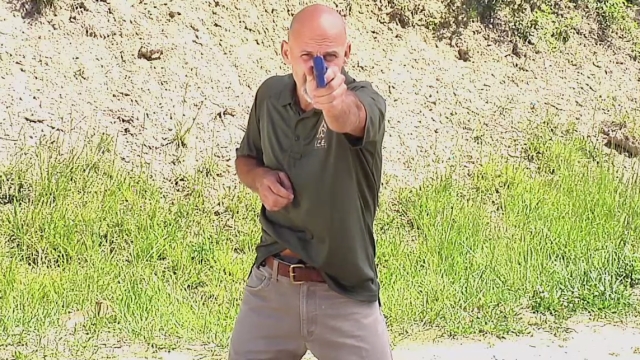
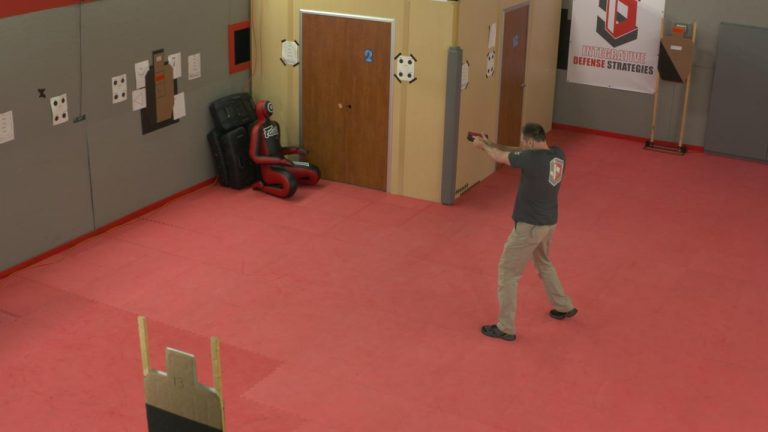
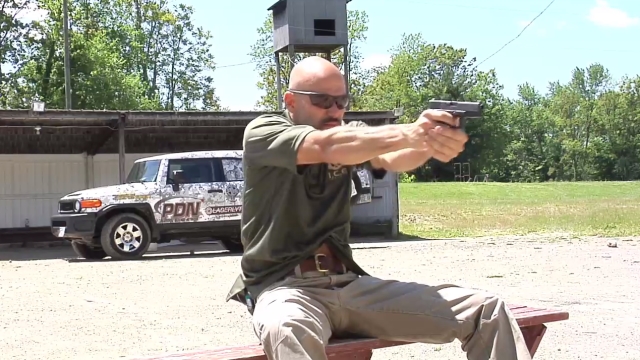
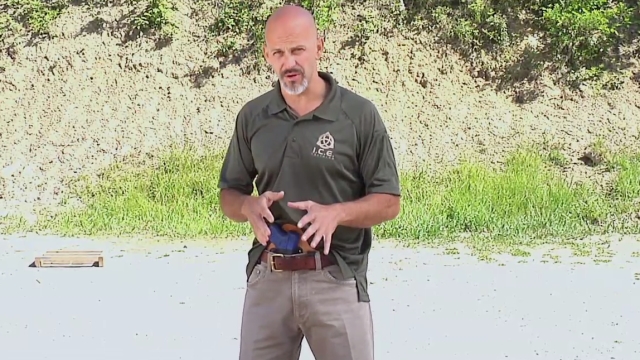
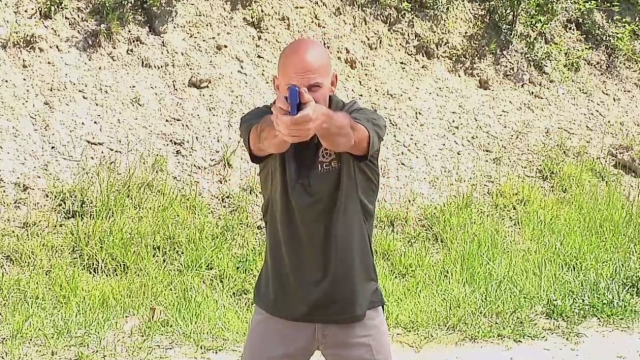
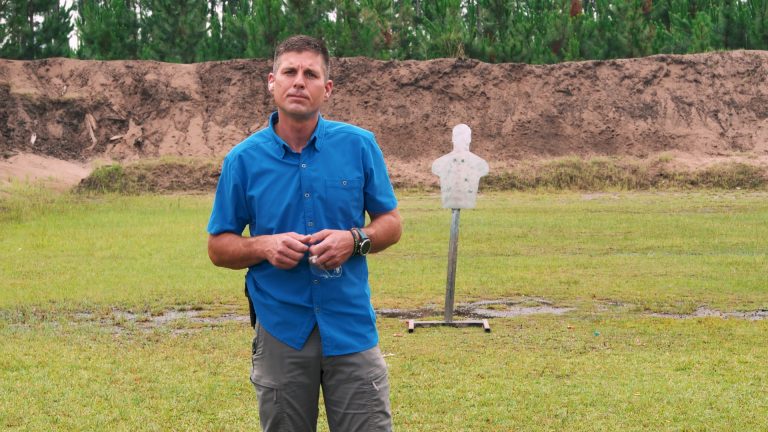
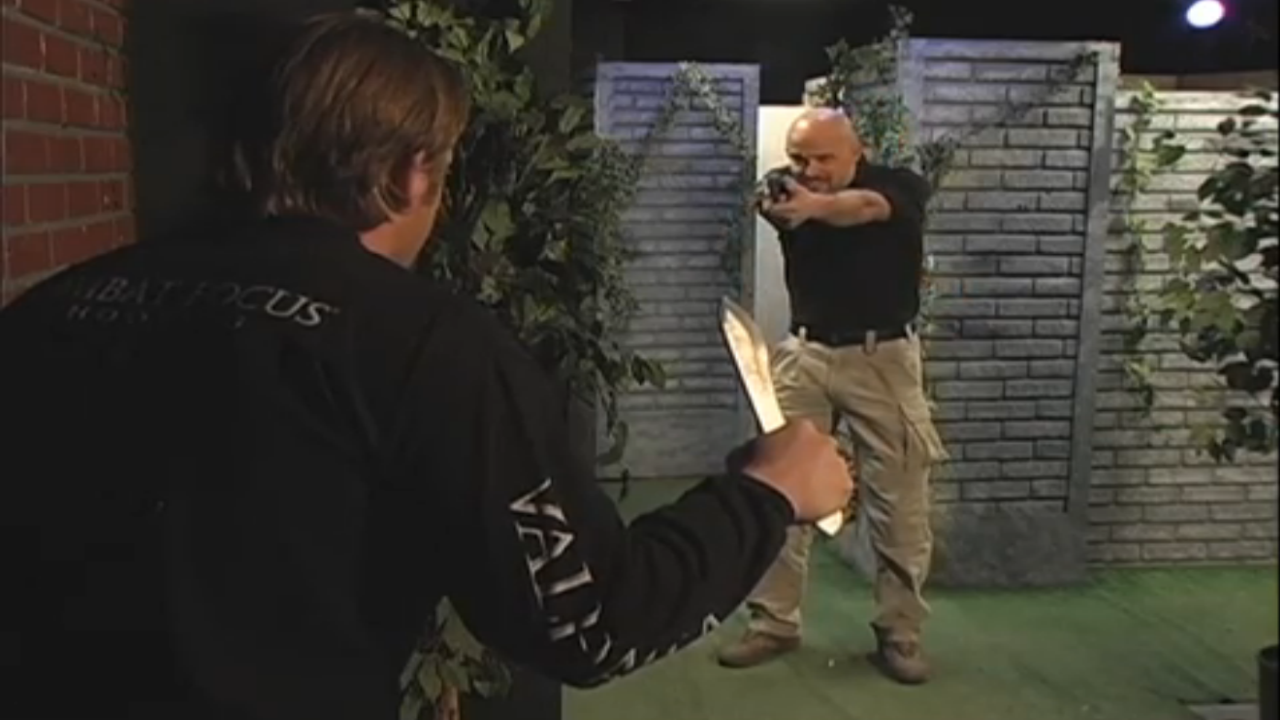
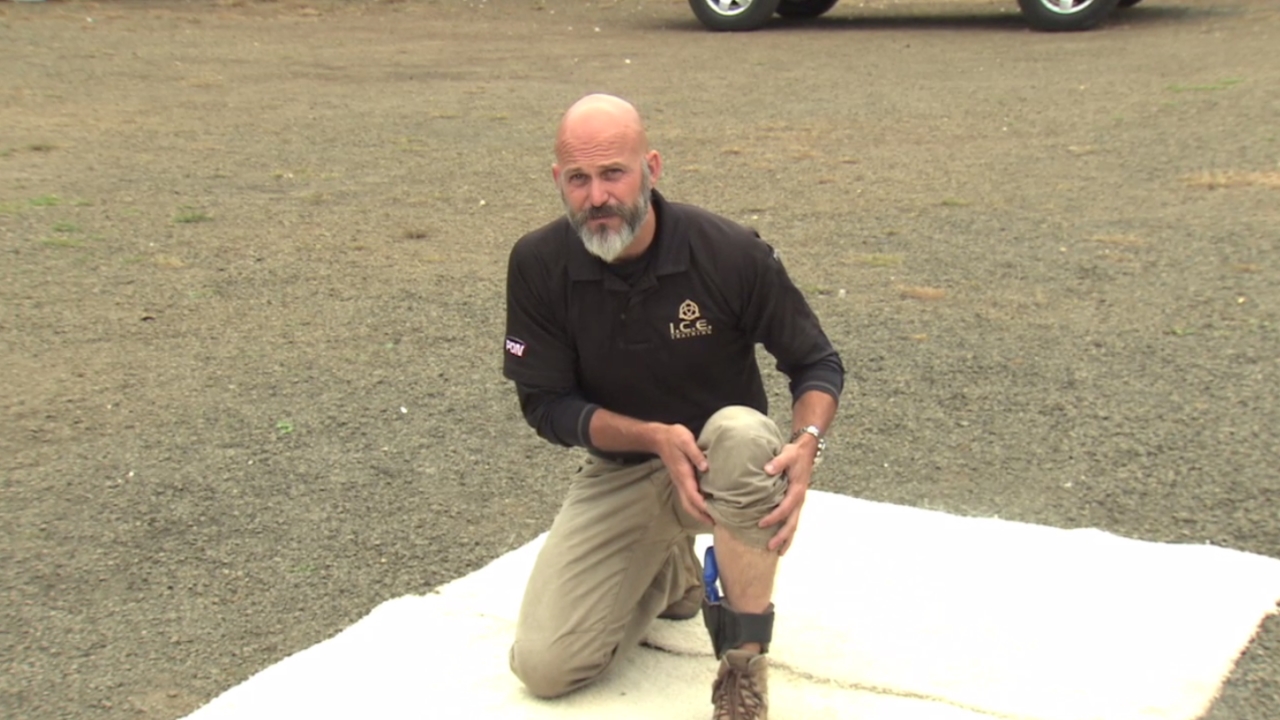
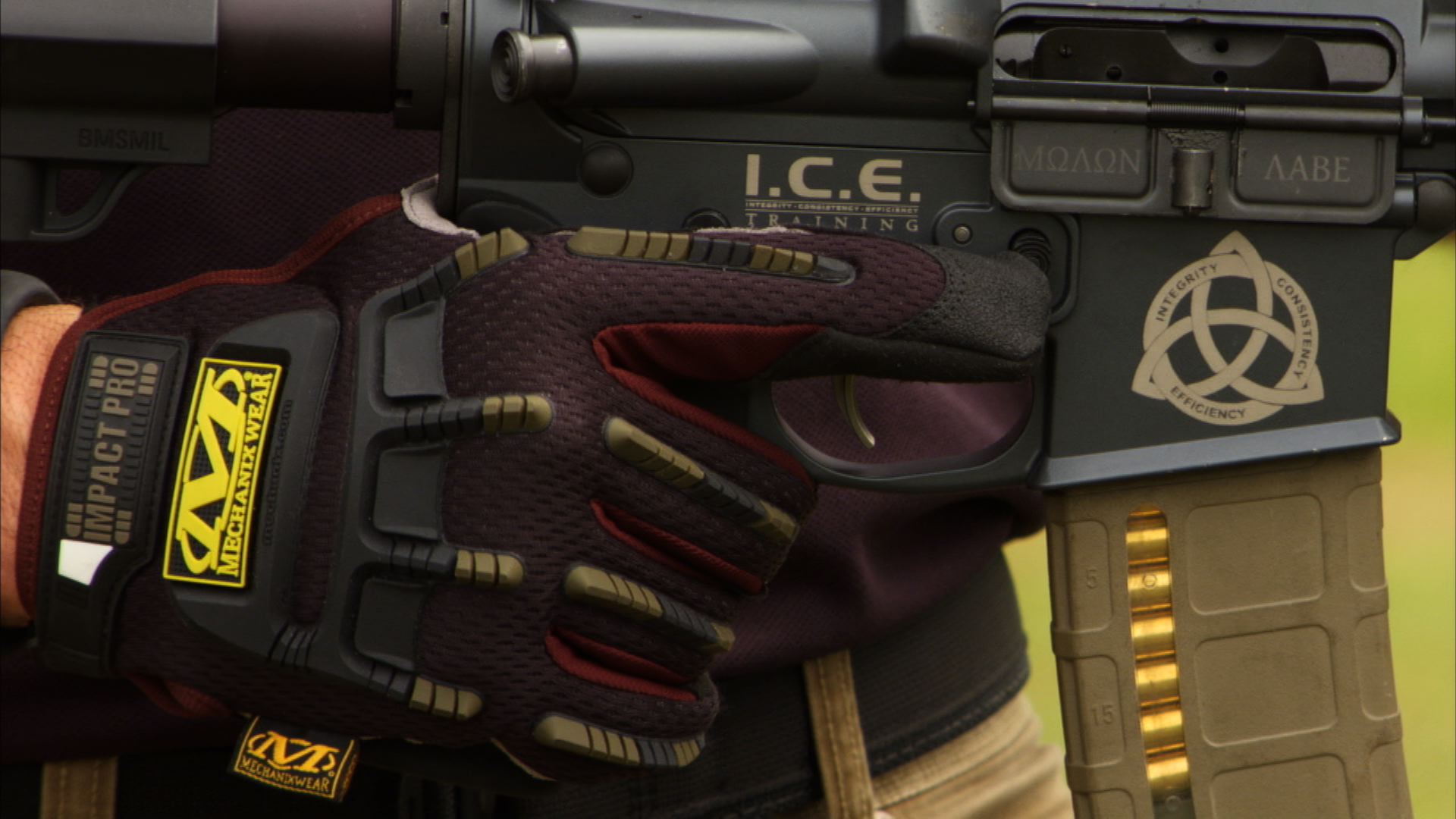
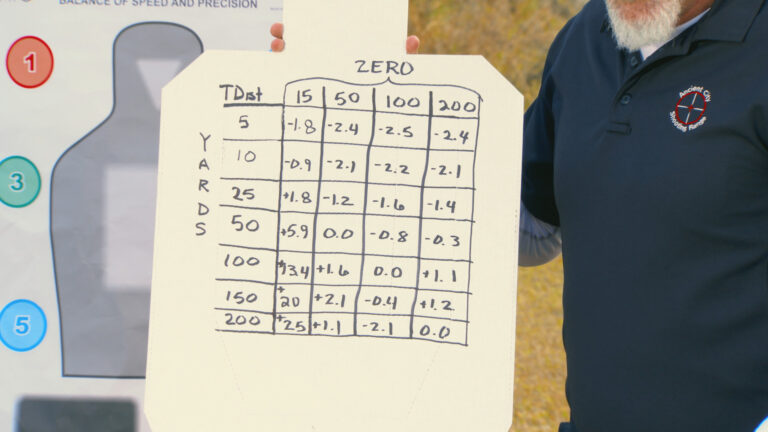
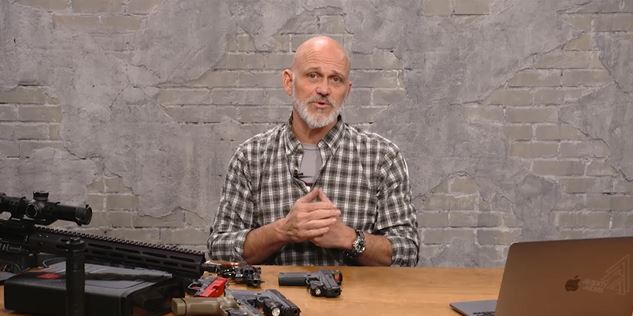
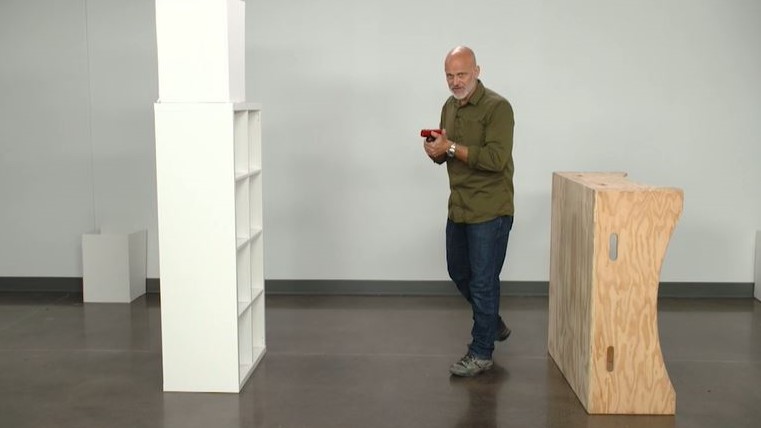
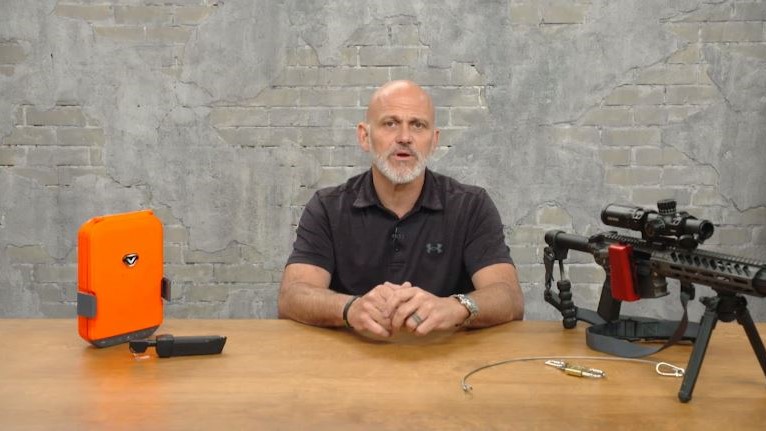
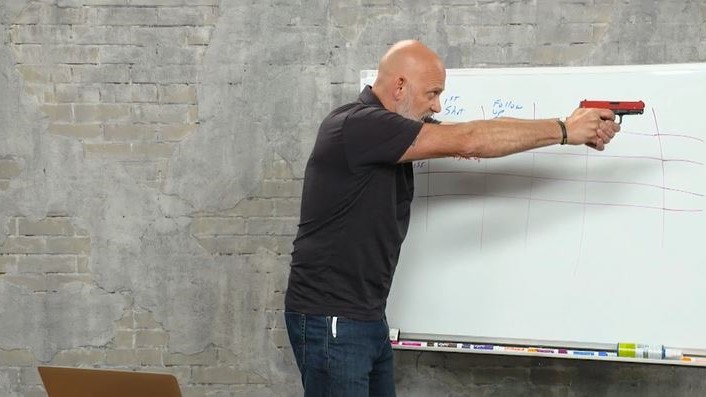
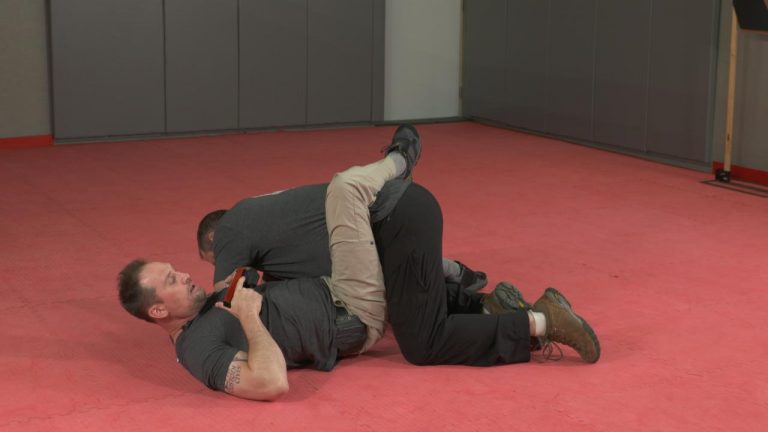
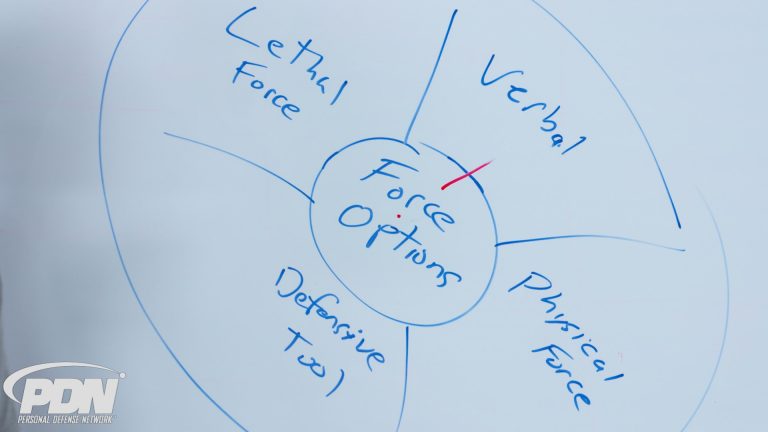
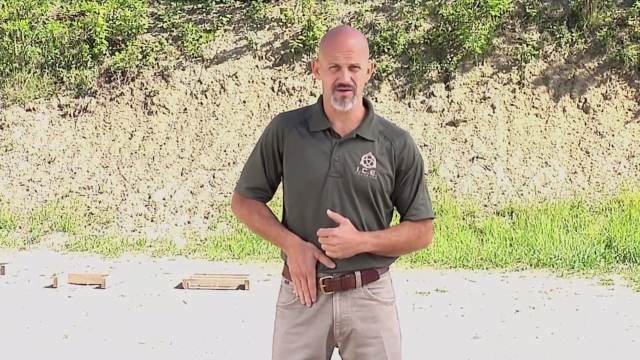
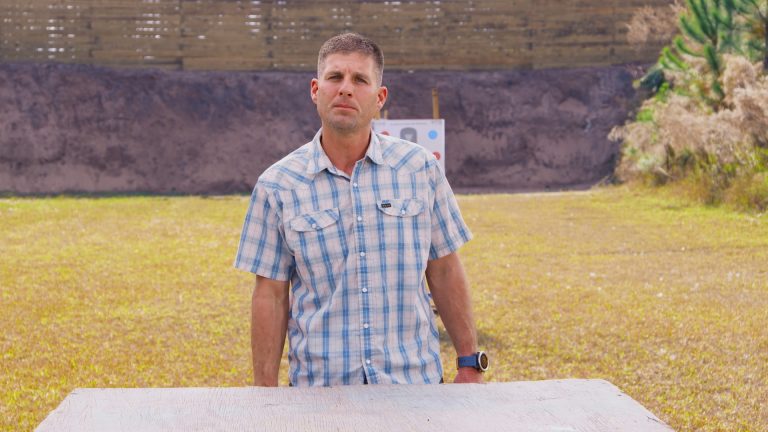
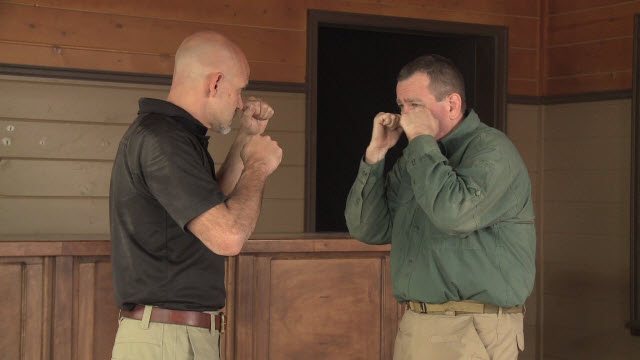
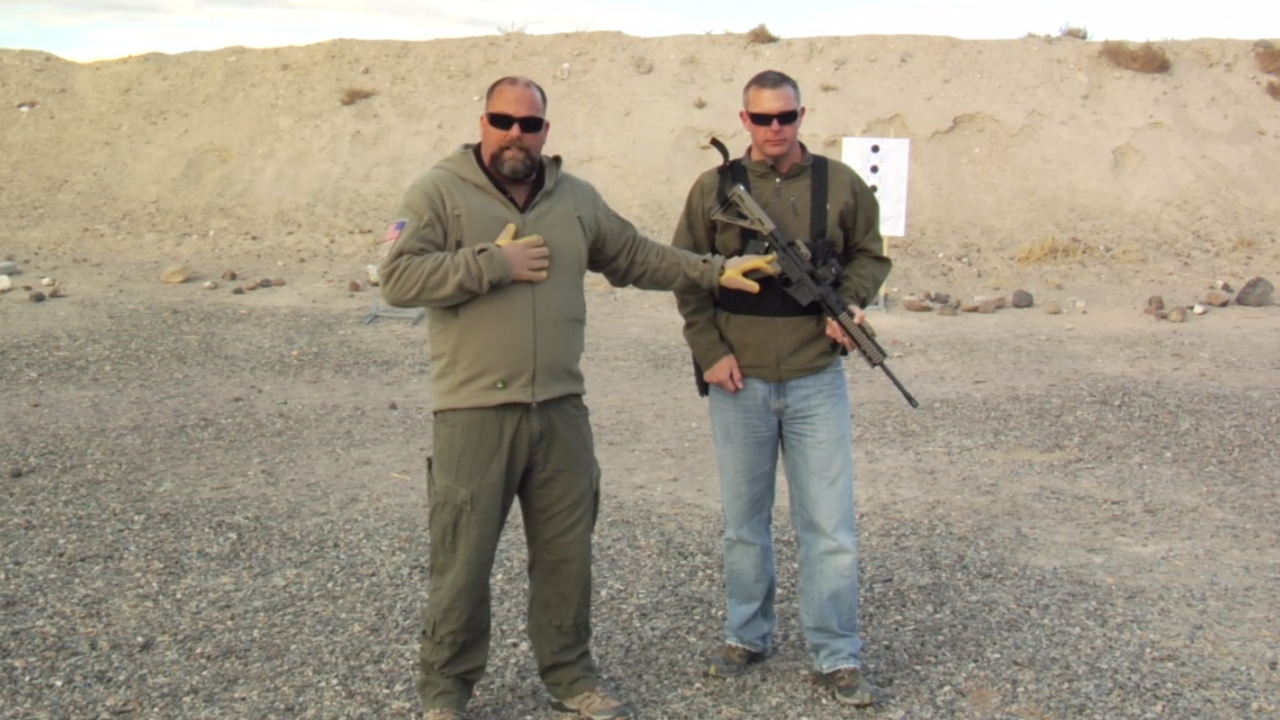
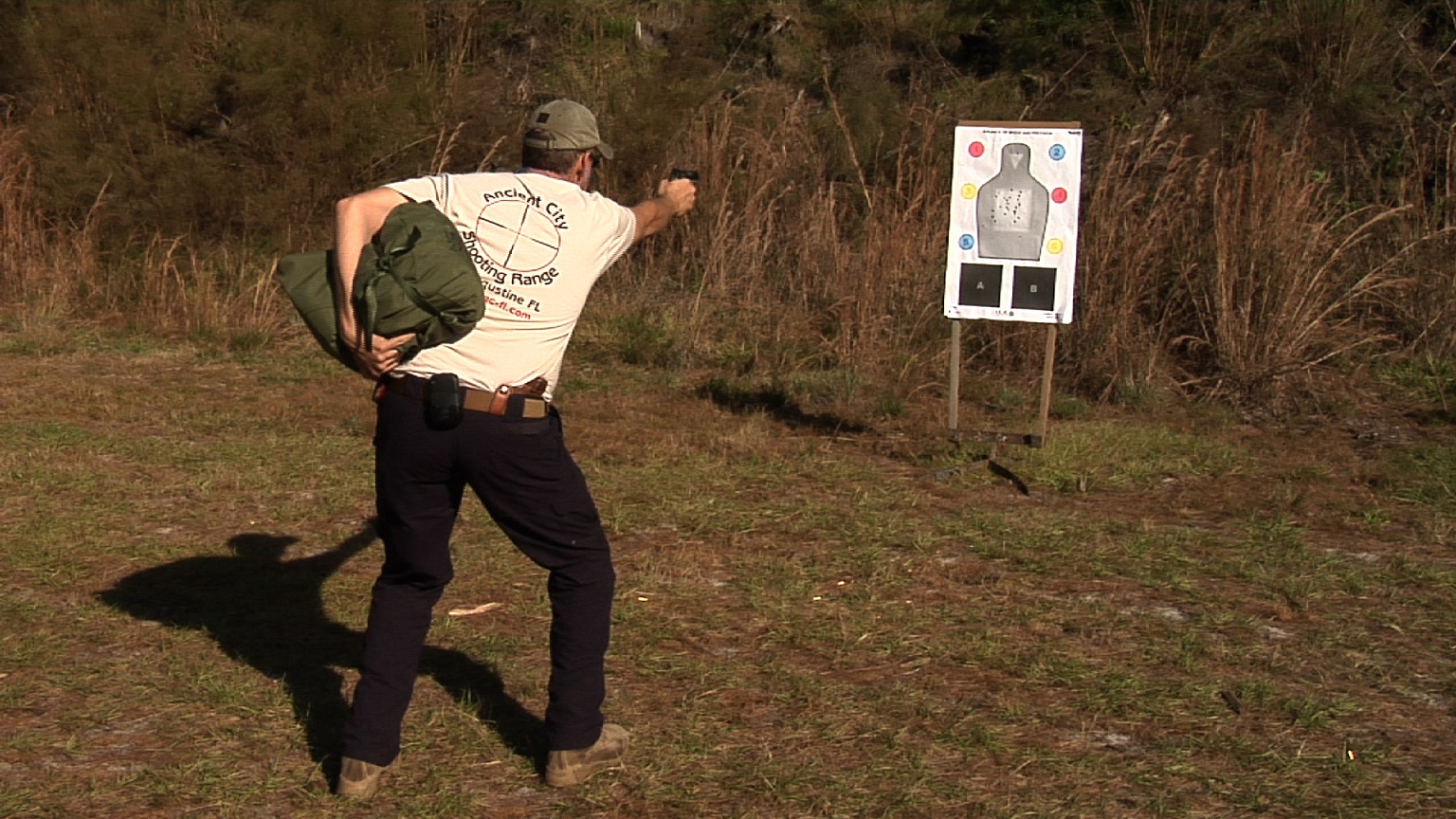
Share tips, start a discussion or ask one of our experts or other students a question.
Already a member? Sign in
No Responses to “Self Defense Medicine Session 11: Circulation Airway Breathing (C.A.B.)”